Page 1
Tag: covid-19
-
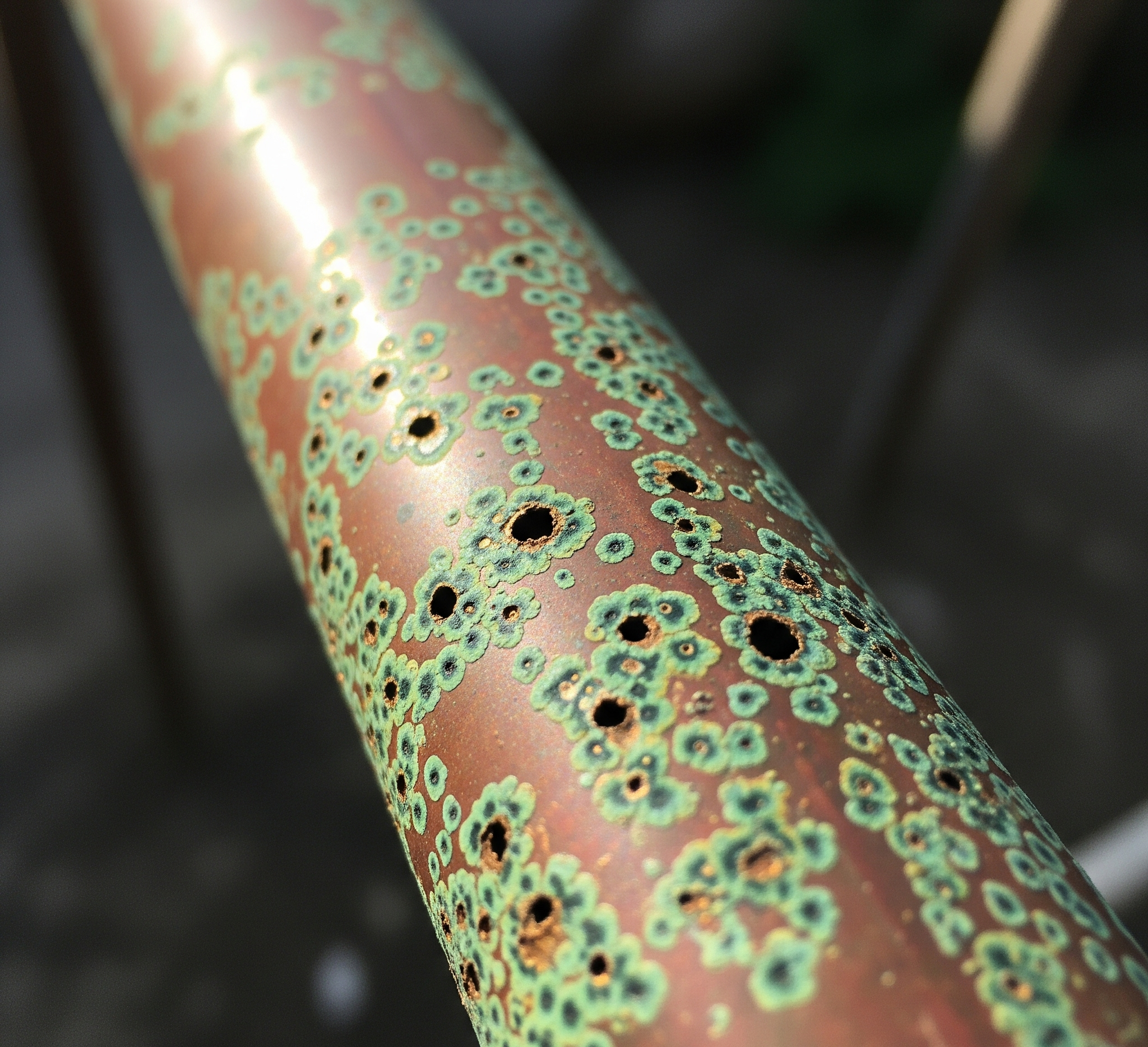
The pair coil problem
Louise Belfield investigates recent problems with pair coil that have caused frustration and financial losses for Australian fridgies.
-

Safer shared air in healthcare
The Safer Air Project is running a free webinar on March 27 to explore how air quality can be improved in healthcare facilities.
-
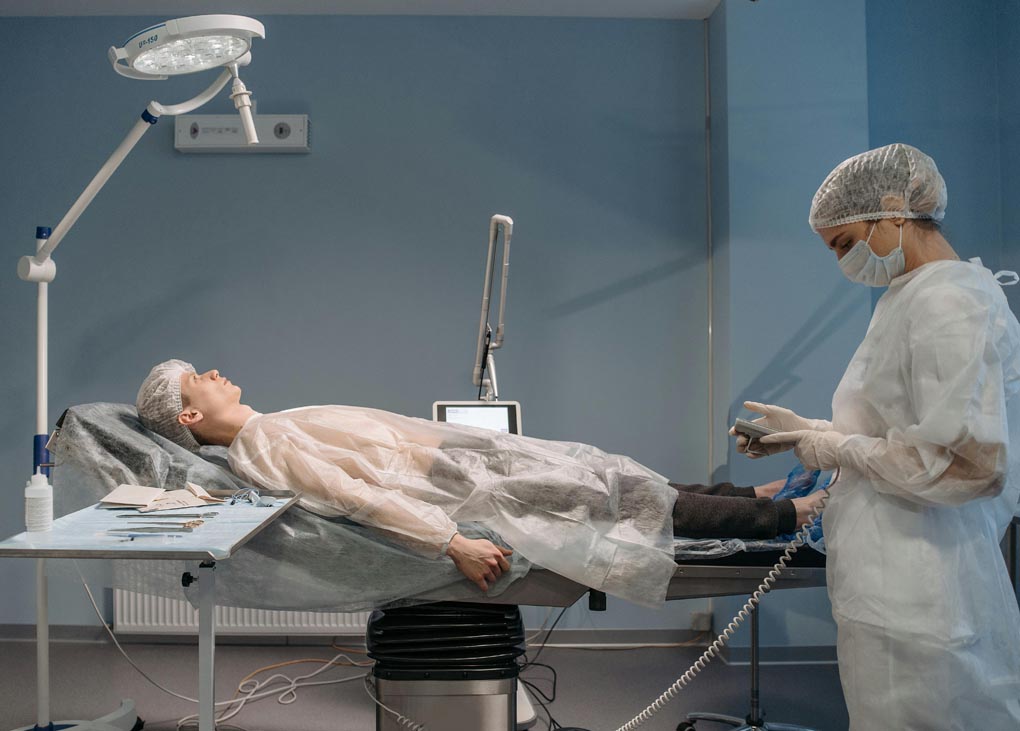
GUV versus HEPA – a scientific comparison
A new study in the Journal of Hazardous Materials has compared the effectiveness of ultraviolet radiation against air filtration to mitigate virus-laden aerosols in an occupied clinical room, with interesting results.
-

Quantifying the costs of long COVID
New research by a multi-university team has estimated that long COVID cost the Australian economy nearly $10 billion in 2022 alone.
-

IAQ and energy – getting the balance right
The THRIVE research centre held a Future Buildings Forum in Sydney this week, focusing on the nexus between energy and indoor air quality.
-

Australian IAQ legend elected to American Academy of Arts and Sciences
Distinguished Professor Lidia Morawska has been elected as a member of the prestigious American Academy of Arts and Sciences.
-
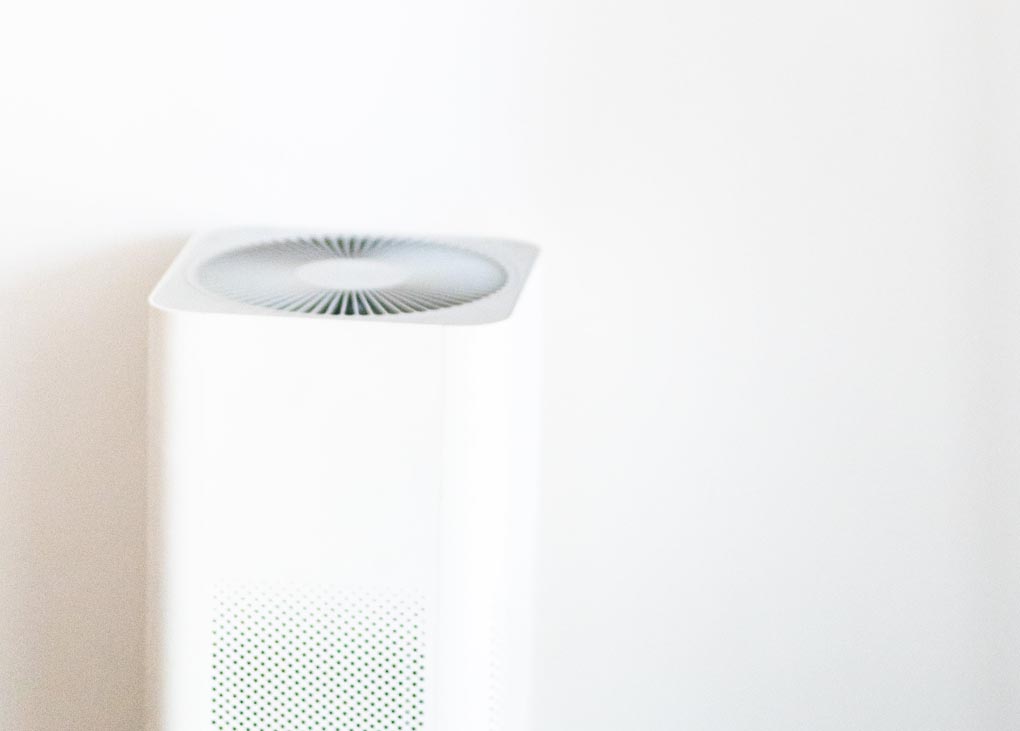
Do air filters and disinfectors reduce illness risk?
A new study argues that technologies designed to make social interactions safer in indoor spaces are not effective in the real world.
-

A closer look at ASHRAE Standard 241
Since the recent approval of ASHRAE Standard 241 Control of Infectious Aerosols, international interest has grown in how the standard could be applied. That includes Australia. Responding to this interest, Prezant Environmental Managing Director and 241 Committee member Brad Prezant, Affil.AIRAH, is running two breakfast sessions in Melbourne to provide an introduction to and summary of […]
-

ASHRAE approves infectious aerosol control standard
ASHRAE has announced the approval for publication of its airborne infection risk mitigation standard for buildings. ASHRAE Standard 241 Control of Infectious Aerosols establishes minimum requirements to reduce the risk of disease transmission by exposure to infectious aerosols in new buildings, existing buildings, and major renovations. The standard has been developed to reduce exposure to […]
-

Professor Morawska wins Women in Science award
The Queensland University of Technology (QUT) has announced that world-leading air quality expert and Distinguished Professor Lidia Morawska has received the prestigious 2023 L’Oréal–UNESCO for Women in Science Award for Asia and the Pacific. An Australian Laureate Fellow, Australian Academy of Science Fellow, and Director of the International Laboratory for Air Quality and Health, Prof. Morawska is one […]
-

ASHRAE releases draft pathogen mitigation standard
ASHRAE has announced the completion of the first draft of its standard for maintaining healthy indoor air quality (IAQ), with final approval expected in June and publishing anticipated in July. ASHRAE Standard 241P, Control of Infectious Aerosols provides minimum requirements for HVAC-related measures to reduce the risk of transmission of COVID-19, influenza, and other airborne […]
-

Budget offers launchpad, now we must aim high, says AIRAH
AIRAH has applauded the Australian 2023–24 Federal Budget and its strong investment in a net zero future. It also notes that success will require ambition, as well as continued cooperation between government and industry. AIRAH CEO Trish Hyde says the federal government has wisely combined short-term relief with investments that will bring energy bills down […]
-
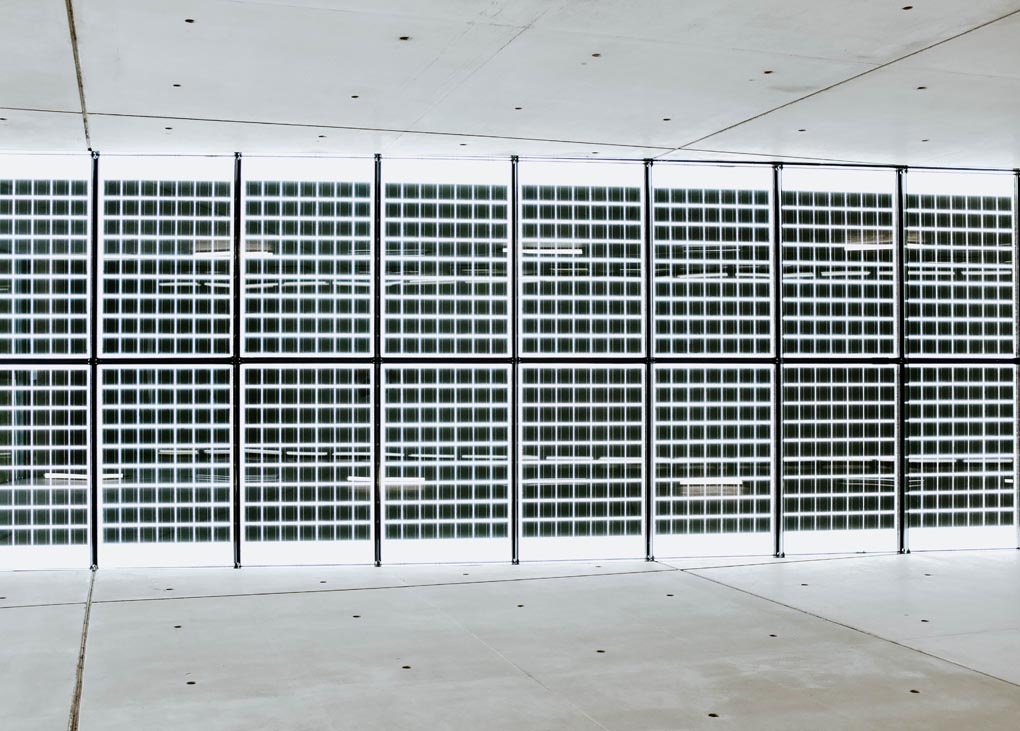
Fast-track pathogen mitigation standard under development
ASHRAE has convened a project committee to develop an indoor air quality (IAQ) pathogen mitigation standard. The goal is to finalise the consensus-based, code-enforceable standard within six months. “The health and wellbeing of building occupants are crucial factors that must be considered during the design, construction and operation phases of the building process,” says ASHRAE […]
-

Updated advice on indoor air quality
The Australian Building Codes Board (ABCB) with support from AIRAH has released an updated handbook on indoor air quality. The handbook, last updated in 2021, has been revised to align with NCC 2022 and assist in understanding the indoor air quality (IAQ) verification methods in NCC Volume One and Volume Two. “The handbook contains explanations […]
-
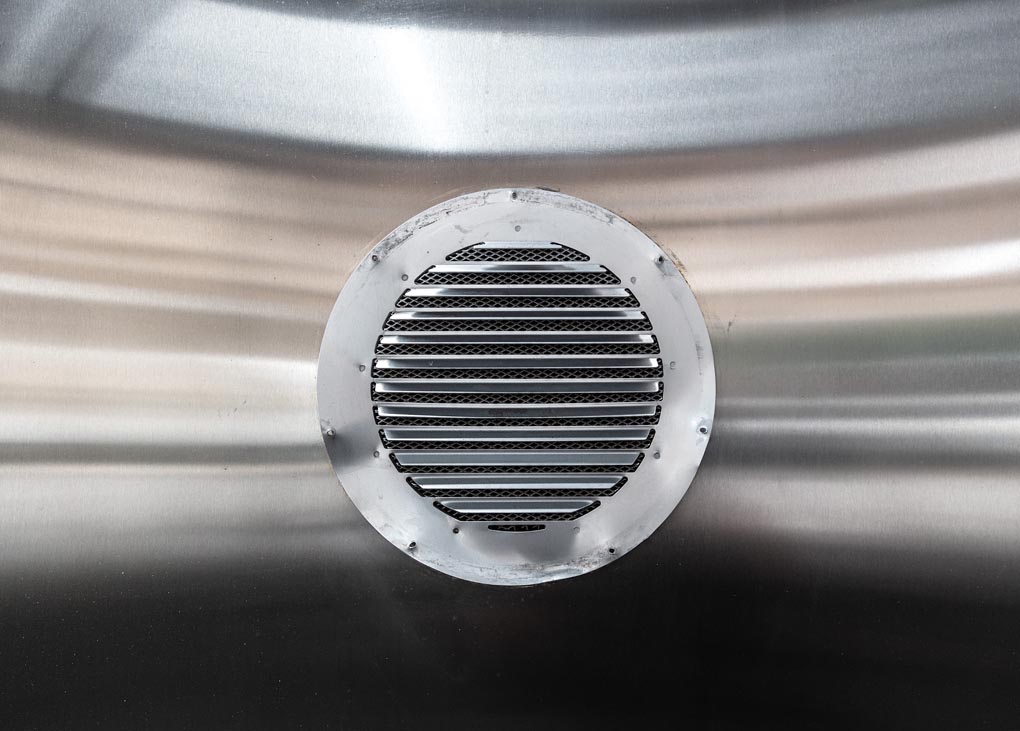
World Ventilation Day set for November 8
November 8 has been confirmed as World Ventilation Day, with the theme for the inaugural running to be “celebrating ventilation”. The initiative was established by a group of ventilation professionals in the UK from CIBSE, the Institution of Mechanical Engineers (IMechE), the Building Engineering Services Association (BESA), and academic researchers within the Future Urban Ventilation […]
-

Landmark Australian ventilation study
A recent City of Melbourne research project has found that simple changes to ventilation systems can significantly decrease the transmission of COVID-19 and reduce energy consumption in office buildings. The City of Melbourne BREATH pilot tested and evaluated three different ventilation systems in a vacant CBD building over three months: displacement ventilation air conditioning, in-ceiling […]
-
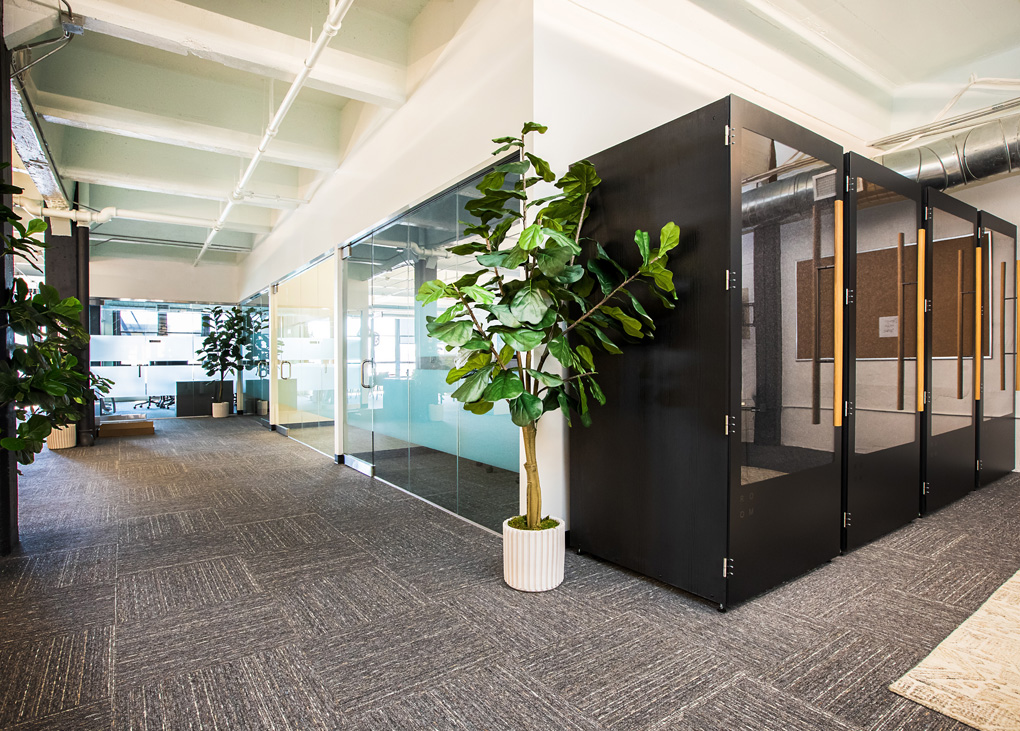
ABCB seeks input for updated IAQ Handbook
The Australian Building Codes Board (ABCB) is calling for input in reviewing and updating the Indoor Air Quality (IAQ) Handbook to reflect the latest scientific evidence from the COVID-19 pandemic. “The importance of IAQ in buildings has recently been highlighted through the COVID-19 pandemic,” says the ABCB, “since adequate IAQ can help to minimise the […]
-
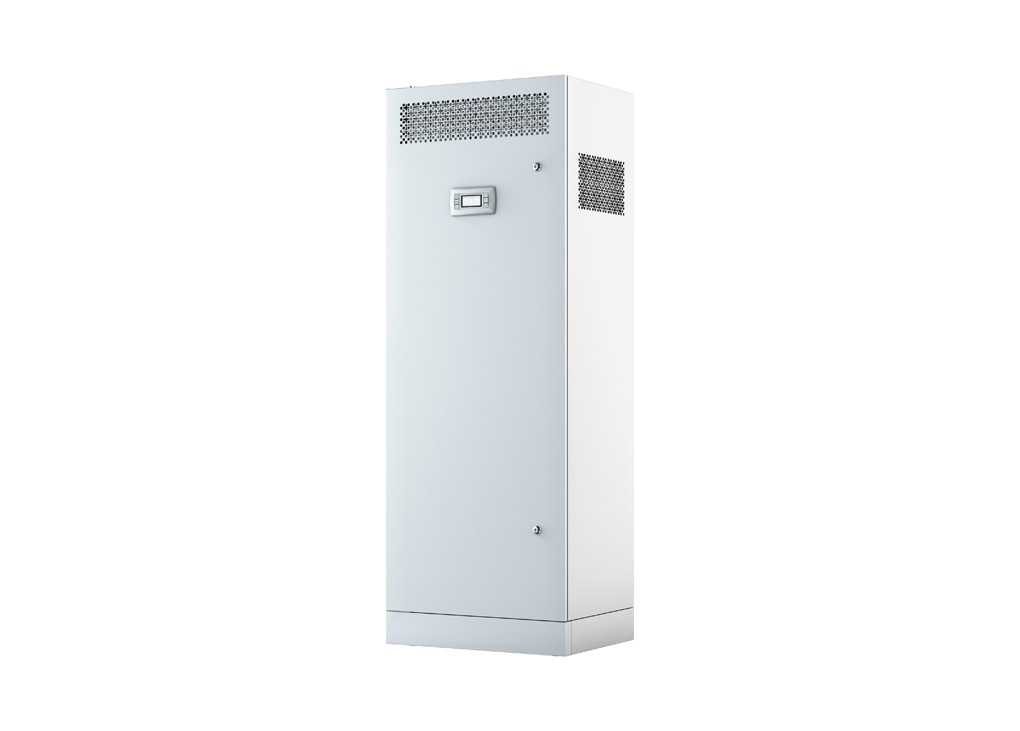
Blauberg introduces Civic ERV units
Blauberg Ventilation has introduced Civic, a new range of German-designed wall-mounted ERV units. “COVID-19 and the 2019–20 bushfires raised major issues with insufficient quality ventilation in school classrooms and offices,” says the company. “Bad air quality, high humidity levels, high CO2 concentration, and low oxygen levels create a long-term unsafe study and work environment for […]
-

Applications open for small business ventilation program
The Victorian government is supporting public-facing small businesses to improve ventilation in areas accessible to customers, and thus reduce the spread of COVID-19. Applications are now open for the Small Business Ventilation Program, which provides $500 rebates and matched grants of up to $5,000 to support eligible small businesses’ investment in equipment, works and services […]
-

NSW to invest in ventilation systems for schools
Automatic fresh air ventilation systems will be rolled out to more than 10,000 public school classrooms in New South Wales to bolster protection against COVID-19. With winter approaching, case loads are expected to increase. Considering that in Australia, 2022 has already seen more than double the number of COVID-related deaths in 2020 and 2021 combined […]